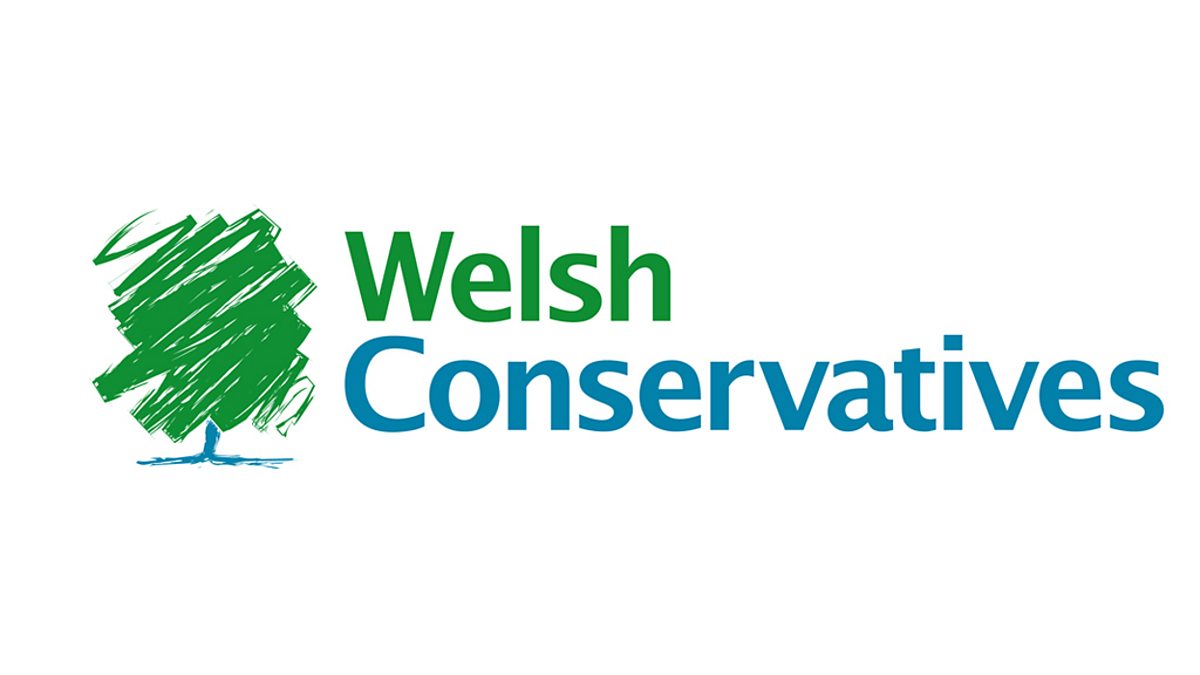Last week, chancellor Rachel Reeves pledged £39bn for new affordable housing over the next decade – the largest government commitment of its kind in 50 years.
Amid widespread speculation about what the Spending Review means for the housing sector, JLL has produced an in-depth analysis of how the announced funding is likely to impact the market and shape future housing delivery – see below alongside the views of Nick Whitten, EMEA head of Living Research at JLL.
How many new homes can the funding deliver – is it enough to help government reach its target of 1.5m new homes this Parliament?
The answer to that question was perhaps conspicuous by its absence – and that is partly because delivering new affordable housing is incredibly complex. Joe Public may be forgiven for assuming it is a simple case of dividing the money by the cost to build – which if it were, taking into account land, build costs and other expenses, the £39bn could fully fund only around 130,000 new three bed homes over the next decade or 13,000 homes per annum.
However, the funding would never be used in that manner, not least because it would be incredibly inefficient and make no contribution to plugging the Office Budget Responsibility’s (OBR) forecasted 400,000 home shortfall against the 1.5m target. Affordable homes don’t, of course, receive anything like 100% grant. See in data chart attached.
Grant funding route
If the £39bn was used as part of a typical affordable housing grant funding model and optimised between an appropriate spread of social and affordable rent and shared ownership, it could provide the starting tranche for perhaps as many as 500,000 new homes over the next decade or circa 50,000 homes per annum – at a stretch. This would narrow the shortfall gap against the Government’s 1.5m target, but not fully close it.
Roughly one-third of that target should be affordable, of various tenures. This assumes that the affordable housing sector would broadly continue with its current delivery model – but of course there could be a big new idea coming round the corner. We also appreciate that a significant proportion of affordable delivery comes through s106 and is not grant-funded.
Private investment
It also highlights a funding gap. While the sector has rightly celebrated the most generous Government allocation in decades, roughly another £100bn of private finance would be needed to plug the viability gap in order to deliver 500,000 new affordable homes. That really means additional borrowing for a social housing sector already near the limit of what it can service in terms of interest payments, even if there is plenty of security available to charge.
For this reason, the 10-year rent settlement announced in the spending review and the upcoming consultation on rent convergence (in essence, allowing housing associations to catch up after years of rent austerity) are of pivotal importance. Add to this the question of whether the UK has sufficient planning permissions in place or sufficient building capacity – ONS data shows there are 200,000 fewer construction workers in the UK compared with pre-Covid and 500,000 fewer than pre-Global Financial Crisis – and it demonstrates that the excitement should be tempered with some caution.
Size of the prize
But we must not lose sight of the opportunity this new funding boost creates. The UK has fewer affordable homes than it did 40 years ago, over a period in which the population has increased by 25%. The social housing waiting list has now reached more than 1.3 million households – the highest level in a decade. This could potentially be the beginning of the road to bringing the waiting list back down below one million for the first time this millennium.
Market positivity
Meanwhile, new data from RICS last week showed that confidence is gradually improving in the wider UK housing market. The latest RICS residential market survey shows a net balance of 25% of property professionals expecting home sales to rise again over the next twelve months. More than a third of professionals also anticipate house prices to continue to rise over this period, despite remaining muted at present. With the Bank of England also expected to reduce interest rates further over the coming months, the combined effect of rising sales and improved affordability is creating some room for positivity.
Falling interest rates would of course be welcomed by first-time buyers, but they are not the only group who would benefit. Data from a recent JLL Landlord Survey revealed that half of landlords would be prepared to increase their portfolio size if rates fell below 3%. But that is a long way to go from the current base rate position of 4.25%. And the latest RICS data also points to a consistent shortage in rental properties (with a net balance of -34% of professionals reporting a fall in landlord stock), while 43% continue to report an expected increase in rents over the next three months due to the acute demand-supply imbalance.
The spending review may also have provided a glimmer of hope on tackling this shortage with £10bn set aside for financial investments of which roughly half is being given to Homes England to unlock new homes of all tenures – much of which would be expected to be channelled towards new private rental housing.
Outlook
Overall, last week was a big week for UK housing leaving a lot to digest. While the multi-billion-pound injection is hugely welcomed, its impact depends on efficient and effective procurement and addressing some critical challenges: increasing construction capacity, streamlining the planning process and attracting additional private capital into the sector.
If the stars align, this could kickstart the biggest top up of UK affordable housing stock in decades, taking Government closer to its 1.5 million target than most would have predicted.
Nick Whitten, EMEA head of Living Research at JLL, said: “A £39bn pledge for new affordable housing over the next decade is the largest government commitment we’ve seen in half a century – and one that has to be commended at a time when the public purse is more than a little stretched. But while the ambition is clear, the reality is complex.
“If used as part of a typical grant funding model and spread appropriately across tenures, this sum could support delivery of up to 500,000 affordable homes over the next decade, or around 50,000 a year at a stretch. However, that still leaves a significant shortfall against the national target.
“Fully closing the gap to 1.5 million new homes this Parliament now depends on unlocking additional private investment, streamlining the planning system, and addressing the shrinking construction workforce. If the stars align, this could kickstart the biggest top-up of UK affordable housing stock in decades, taking the government closer to its target than many would have predicted. The opportunity is huge – but so is the challenge.”








